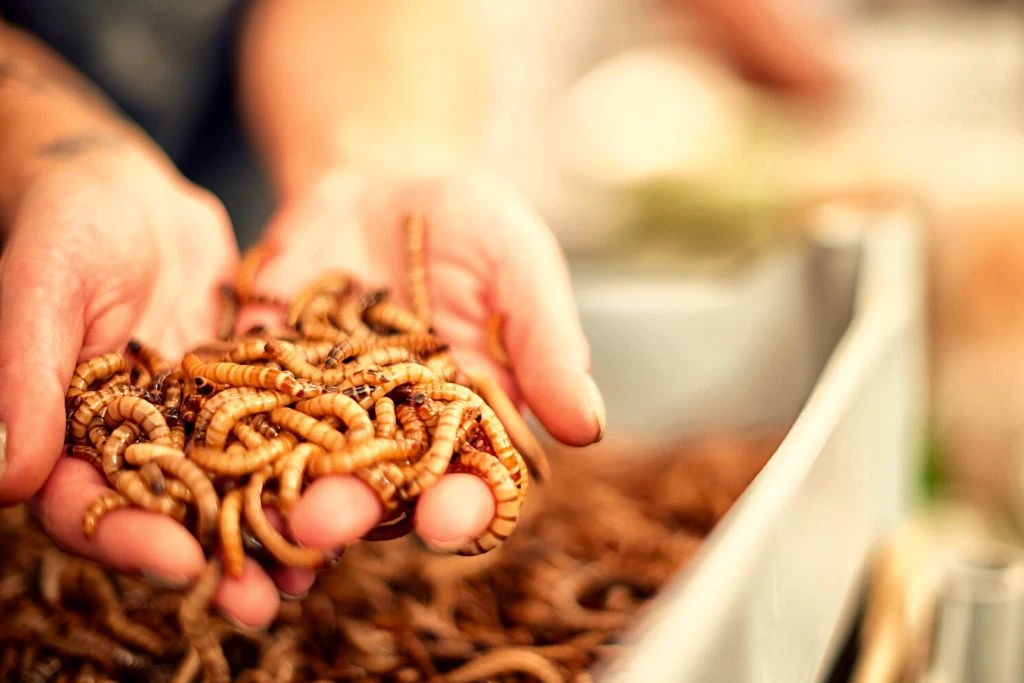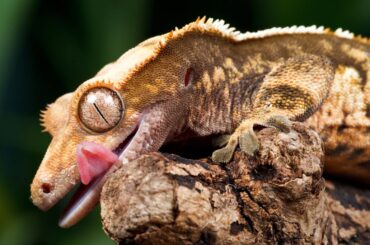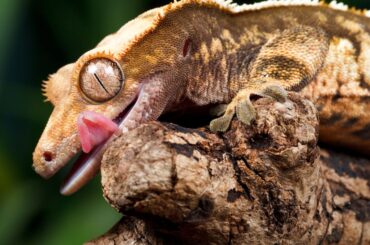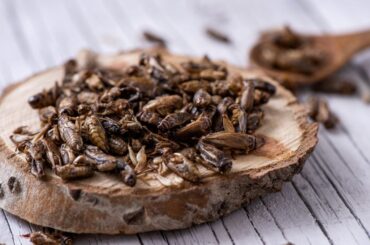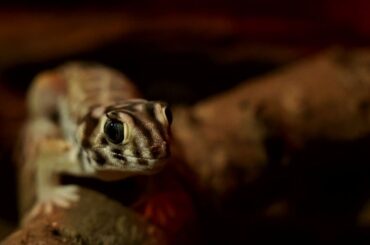Yes, leopard geckos can indeed consume superworms, but because of their high-fat content, these should only be consumed as a treat. Overfeeding your leopard gecko with these particular worms can result in obesity, which can affect its health.
The larva of the darkling beetle, Zophobas Morio, are known as “superworms.” They are considered a superior food source for fish, birds, rodents, and reptiles. Superworms are frequently used as a snack or a dietary supplement for reptiles because of their high protein and fat content.
Superworms should only be kept as a rare treat, as you now know. Continue reading to discover when and how many treats to offer your leopard gecko.
Do Superworms Turn Into Beetles?
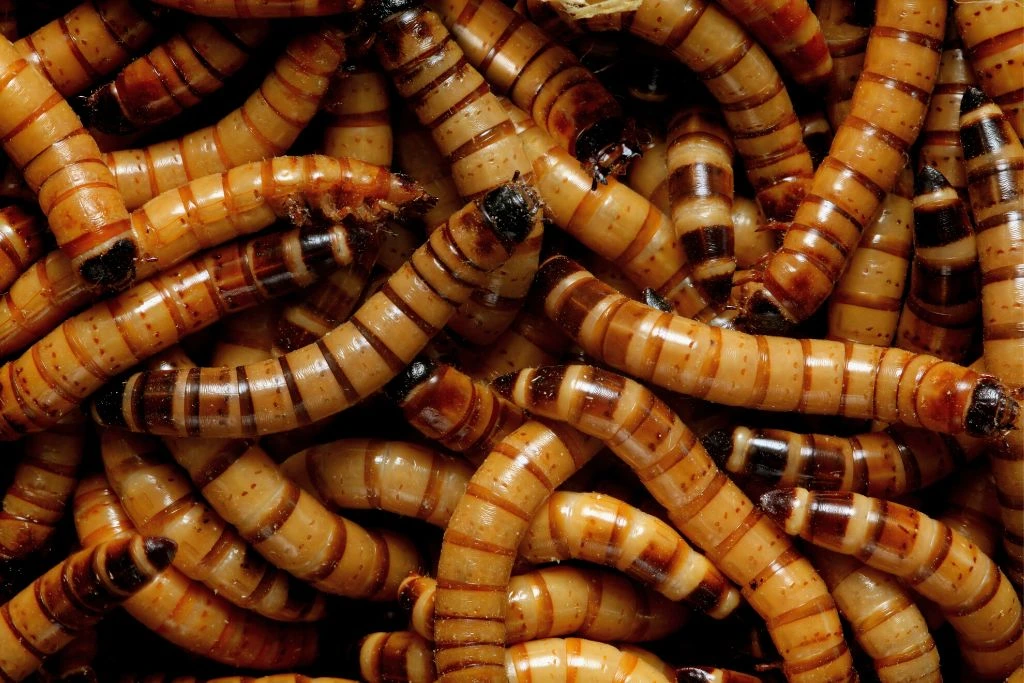
Cannibalistic superworms exist. Because of this, superworms won’t change into a pupa in a group. Superworms develop into a pupa, and then pupa develops into darkling beetles. Darkling beetles reproduce and lay eggs, which hatch into superworms, restarting the cycle. Getting superworms to change into a pupa is one of the most challenging aspects of raising superworms.
Superworms Life Cycle
The four stages of the superworm life cycle are the egg, larva, pupa, and adult. Superworms may spend most of their life as larva. Superworms should be kept apart if you want them to mature into beetles since they won’t pupate if they come into proximity with too many other larvae.
Egg
The initial stage of an egg’s existence is spent. The egg is a little, white bean-shaped object about the size of a dust particle. Due to its stickiness, the egg quickly becomes covered in dirt, dust, and debris. It takes one to four weeks for an egg to hatch until the larva emerges.
Larva
Superworms, also known as darkling beetle grubs, spend most of their time as larvae. They have three pairs of legs and distinct mouthparts to help them in their never-ending search for food. Superworm larvae consume a lot of dead plants, leaves, and tree bark.
Throughout the pupal stage, they repeatedly molt, or slough, their outer coat as they grow. They have a lifespan of six months to a year if they stay with other superworms. Their bodies start to pupate only when they are separated from other superworms.
Pupa
Superworms curl inward, from head to tail, and make silk cocoons that harden into a protective shell when ready to pupate. Darkling beetle grubs hibernate in the ground in the wild. Since they are neither moving nor eating at this time, the pupa seems to be resting.
The tissue of the larva starts to disintegrate inside the cocoon and rebuild into organs and bodies that an adult beetle needs. The metamorphic process from larva to pupa takes roughly 10 to 14 days, and it takes another two weeks for the pupa to develop into an emerging adult superworm.
Adult
Antennae, legs, wings, and a superworm’s reproductive system have all grown during the pupal stage. It emerges as a composed, darkling beetle, ready to take its spot in the world. It will live on the ground, keeping busy day and night, and its diet will mostly remain the same as when it was a larva.
Superworms love dark, damp, humid environments and seek out cold, moist spots when it’s hot outside. A superworm can survive for 3 to 15 years as an adult.
The Best Way to Feed Leopard Geckos Superworms
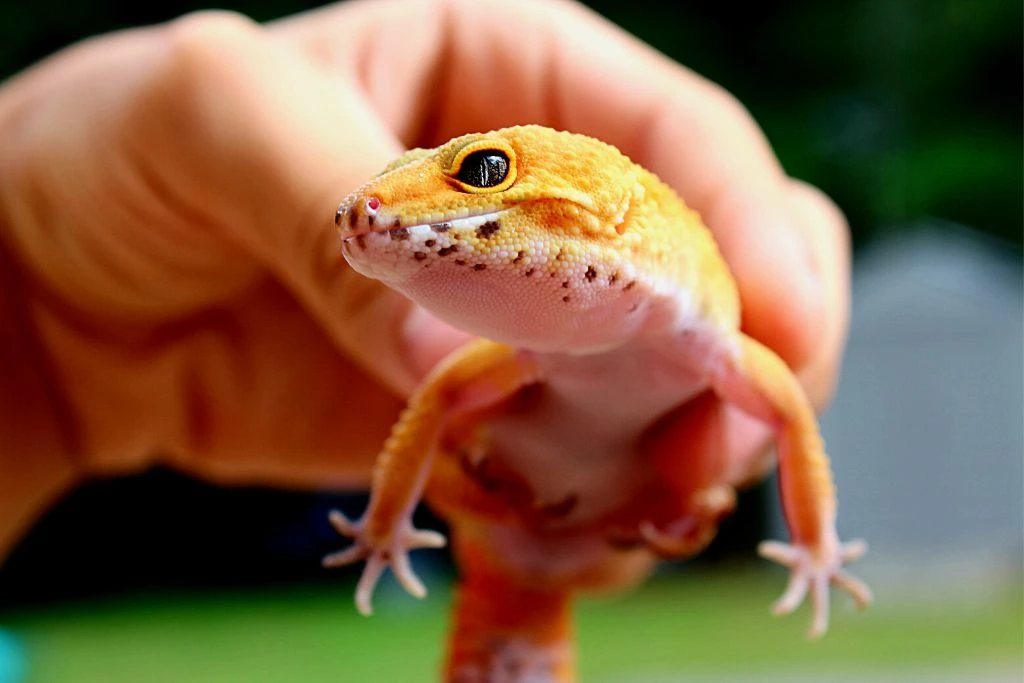
A leopard gecko may consume superworms because of their ideal size. Either live or dead can be offered.
Set the worms in a container and put it in the leopard gecko’s habitat if you’re offering live ones. Avoid putting in too many at once since they can begin to fight and hurt one another. 1 to 2 can be given per feeding. A bigger leopard gecko can receive 3 to 4 meals if you have one.
When presenting them as lifeless, you can put them on a plate or a paper towel. Place only a few at a time because your leopard gecko might not be able to consume them even before they perish. For smaller leopard geckos, you can feed 1 to 2 and, for larger ones, 3 to 4.
Since superworms are deficient in nutrients necessary for your leopard gecko’s health, you should only provide them as a special treat.
What Are Superworms’ Nutritional Values?
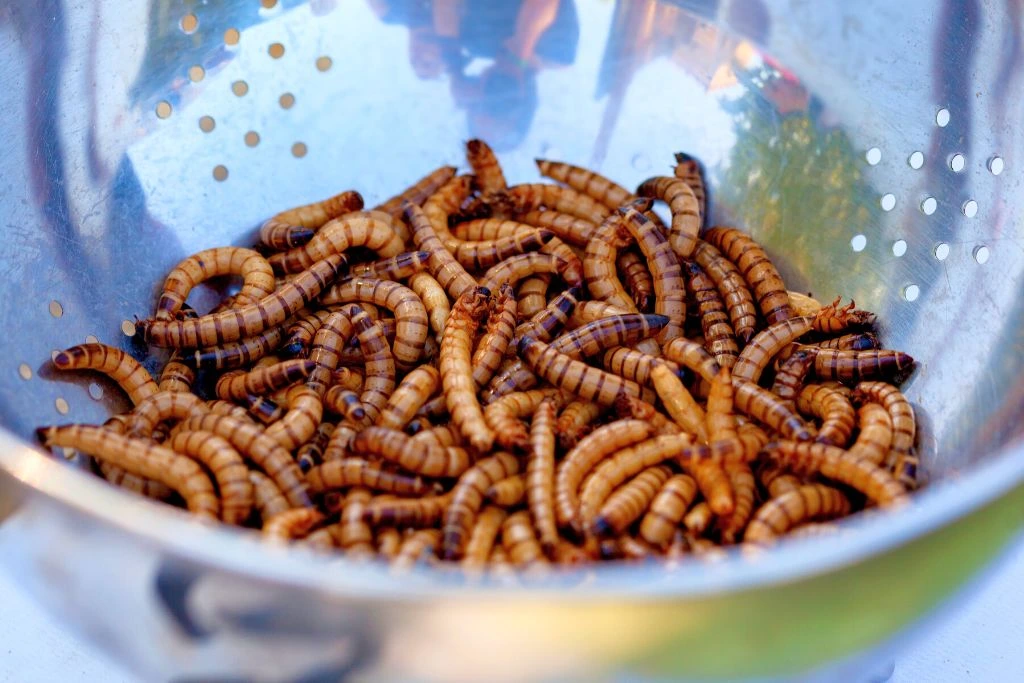
Considering where you get your superworms, the nutritional content they provide to your leopard gecko may change. The nutrition of the superworm, upbringing, and several other factors influence its nutritional makeup.
Make sure the snacks you buy for your gecko come from reputable merchants. To ensure their geckos have a consistent, free, and secure supply of wholesome food, some leopard gecko pet owners even go so far as to cultivate their source of meal and superworms.
Nutritional Value:
- 58% humidity
- 20% protein
- 18% fat
- 3% fiber
- 177 mg/kg calcium
- 2370 mg/kg phosphorus
Approximately a fifth of superworms’ bodies are fat. Your leopard gecko will see a remarkable increase in phosphorus, but it must be consumed in moderation, or it could overwhelm the calcium and promote metabolic bone disease.
The fact that most leopard geckos enjoy the taste of these bugs is another reason why most animal specialists consistently suggest cutting back on your reptile diet regarding superworms. It is uncommon to see a leopard gecko devour superworms immediately. If overfed, this could result in obesity.
Should Superworms Be Gut-Loaded?
Superworms are unquestionably a tasty treat for your reptile friend. But the healthier the superworm will be for your leopard gecko as a snack, the more gut-loading you should do before feeding it to your leopard gecko.
This entails feeding your gecko a balanced diet of vegetables and grains that you fed the superworms a full day in advance. You should consider using oats, carrots, or sweet potatoes to gut-load the superworms.
You may also give your leopard gecko more nutrients, minerals, and antioxidants by gut-loading superworms before serving them to your pet as a side dish.
How to Feed Superworms to Leopard Geckos?
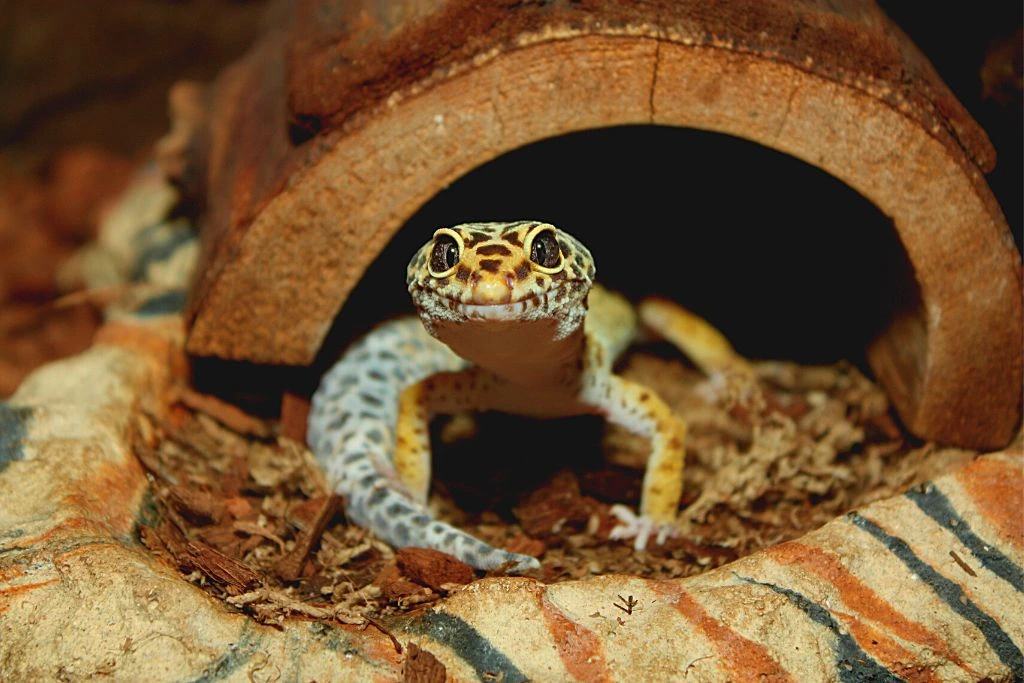
Using one bug alone is often not enough for a leopard gecko’s diet. Given that leopard geckos adore many types of feeder insects, it is simple to persuade them to consume a variety of foods. For most geckos, it’s a decent rule of thumb to provide 2 feeder insects for every inch of the gecko’s length.
Most leopard geckos have highly particular calcium and phosphorus needs, like most obligate carnivores. It is advisable to dust superworms before feeding them to prevent calcium deficits.
Baby Leopard Gecko
The best way to feed baby geckos is in a dish, which should be fed once daily. It will be more simple for them to eat if you serve their meal in a dish so they can watch the food moving about. Superworms are too big for babies to swallow, so they cannot be given to them.
Baby leopard geckos (0 to 4 months old) should get 6 to 10 superworms daily.
Juvenile Leopard Gecko
Feed larger superworms 5 to 6 days a week to young leopard geckos. 4- to 10-month-old juvenile leopard geckos receive 6 to 10 superworms every other day.
Adult Leopard Gecko
Since they are bigger and better able to swallow superworms as they grow, it is significantly more likely that they can eat them. For each meal, adults can manage 6 to 10 bigger superworms.
Don’t overfeed your geckos because this might make their stomachs inflate and result in obesity or other issues. Ensure the food is the appropriate portion size and that they are not left inside and enclosed with swarming, uneaten insects.
How Many Superworms Can a Leopard Gecko Eat?
Leopard geckos and other reptiles frequently eat superworms. They provide a fantastic supper for developing geckos because they are rich in protein and fat. However, they also contain a lot of chitin, which might be harmful if your gecko consumes too much. Giving 10 to 12 superworms weekly for every 10 grams of body mass is a good idea.
You can feed your leopard gecko up to 120 superworms per week; for instance, if it weighs 100 grams. Reduce the number of worms you provide if they appear overweight or slow down after eating them.
How Often Can You Feed Superworms to a Leopard Gecko?
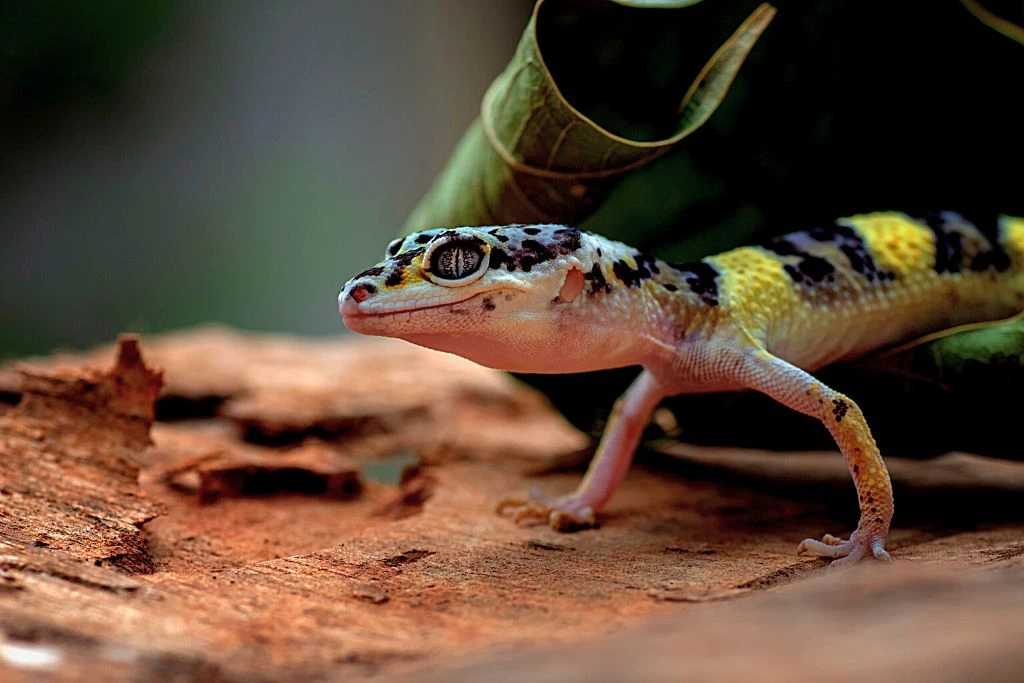
Due to their high phosphorus and fat content, superworms should only be fed occasionally.
The answers will differ from owner to owner, but these should be kept to a minimum so leopard geckos get acclimated to eating nutrient-rich mainstays like crickets and silkworms and maintain healthy weights.
For most leopard geckos, once every week or every two weeks is sufficient, no matter how adorable your gecko thinks you are when you offer it more than two or three superworms at once.
Attempt to maintain the superworms’ proper size for the leopard geckos. For infants, 3/8 of an inch is acceptable; for juveniles, 1/ 4 inch; and for adult-sized leopard geckos, adult-sized worms are acceptable.
Other Foods You Can Feed Your Leopard Gecko
Superworms are occasionally safe to feed, but they are not good staple feeders.
So, which insects are better choices? The following are the top feeder insects to give your gecko:
- Crickets
- Dubia roaches
- Phoenix worms
- Mealworms
- Silkworms
- Hornworms
These feeder insects are moderately high in moisture and protein, and they are reasonably low in fat. Mealworms and silkworms are recommended to sometimes feed to your gecko, while crickets, as well as Dubia roaches, are the finest two mainstay selections.
Regarding overall nutritional value, hornworms and Phoenix worms fall in the middle.
Conclusion
Leopard geckos are magnificent pets, and it is a true joy to watch and study these amazing animals. Many pet owners try to provide their animals’ diets with as much diversity as possible regarding leopard geckos’ nutrition.
Your leopard gecko will certainly enjoy some superworms as a reward. Superworms are beneficial for your gecko’s health in several ways. They offer fantastic benefits to geckos preparing to lay eggs, in addition to hatchlings and young geckos. Not to mention, the majority of leopard geckos appear to enjoy the flavor of the crispy, tasty treat.
Superworms are an excellent addition to your leopard gecko’s diet, but you must always know that moderation is essential. It’s a good idea to give your pet superworms while you’re watching to avoid accidental injury.

